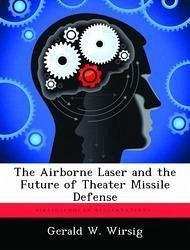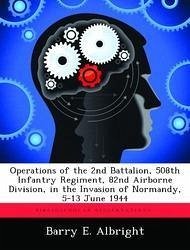Nicht lieferbar

Seizing the Lernkurve! The American Airborne Odyssey, as Told by Merkur, Husky, and Varsity
Versandkostenfrei!
Nicht lieferbar
This study provides a narrative of the United States Army's airborne development that began in the waning years of World War I. Largely uninspired to fully explore this capability during the interwar years, America entered World War II with a fledgling airborne force, incapable of significant contributions on the battlefield. The study picks up the journey at this point, examining the development through the lenses of three airborne case studies, the German invasion of Crete (Operation Merkur), the Allied assault on Sicily (Operation Husky), and the Anglo-American crossing of the Rhine (Operat...
This study provides a narrative of the United States Army's airborne development that began in the waning years of World War I. Largely uninspired to fully explore this capability during the interwar years, America entered World War II with a fledgling airborne force, incapable of significant contributions on the battlefield. The study picks up the journey at this point, examining the development through the lenses of three airborne case studies, the German invasion of Crete (Operation Merkur), the Allied assault on Sicily (Operation Husky), and the Anglo-American crossing of the Rhine (Operation Varsity). In light of the lessons learned during these three cases, the author offers the airborne development as a 'learning curve.' He examines this progression using specific knowledge attained during each operation, while providing the reader a rich historical narrative of the events. The study uses the airborne story as a vehicle for the examination of innovation's crucial role during wartime. The concluding chapter offers the reader the consensus operational and strategic lessons of the American Airborne development. It also attempts to ascertain the fundamental nature of airborne operations. This is a drama based upon irony, for the Americans effectively seized the German's primacy in airborne operations, in large part due to the effects of Germany's penultimate display of airborne capabilities at Crete.










